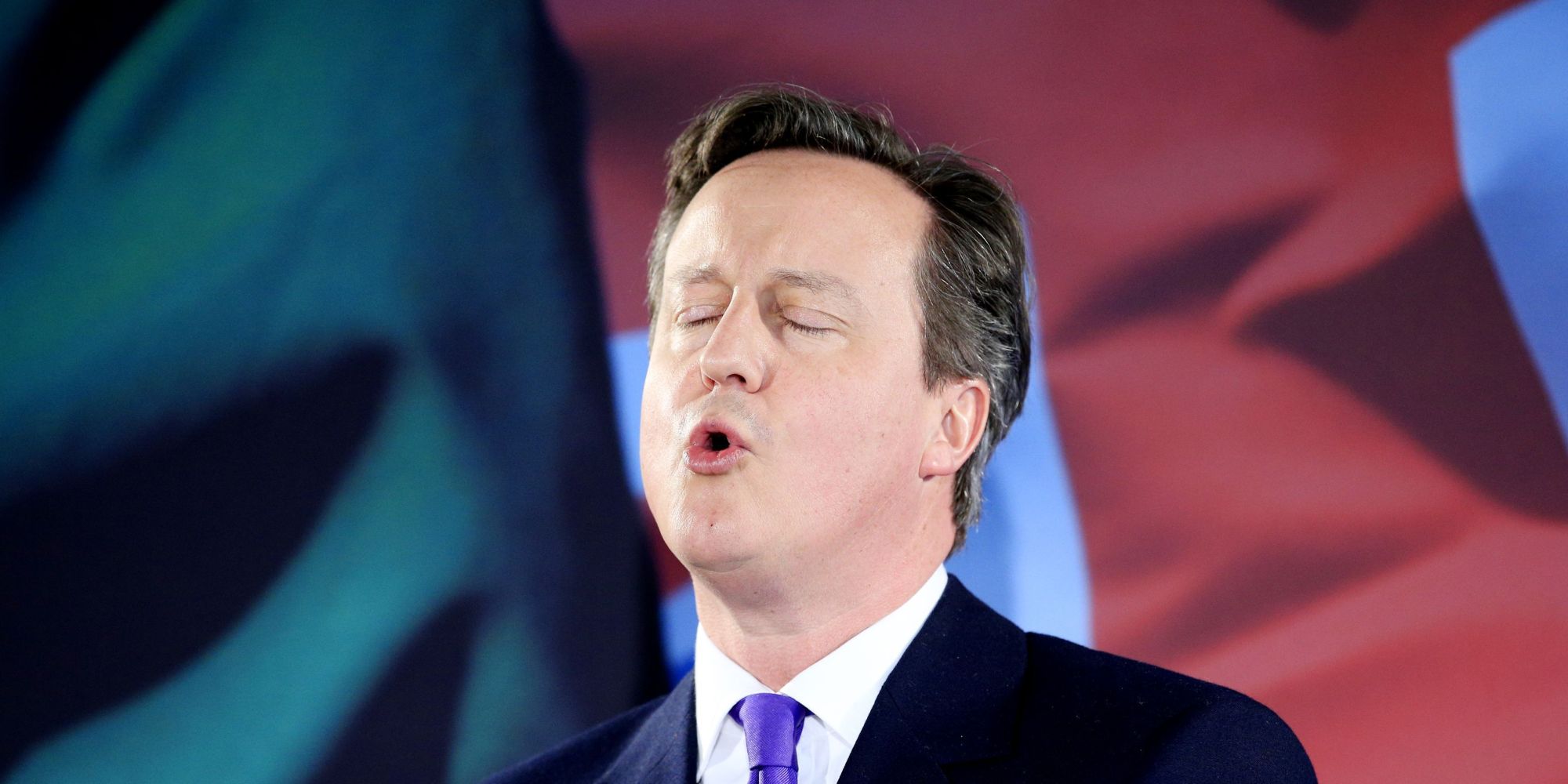
[authorbox authorid=”59″ title=”The Author”]
On Tuesday 23 January, the European Constitutional Affairs Committee gave the green light for a proposal which would allocate part of the British parliamentary seats to members elected by a pan-European constituency. Still, whether this proposal ever will become law remains questionable, as all of the member states have to unanimously agree to the proposal.
Ever since 1979, all national constituencies have elected their own members for the European Parliament. As such, Germans could only vote for German representatives, Italians for Italian representatives, and Swedes for Swedish representatives. While this will remain the case in the upcoming 2019 European elections, the Constitutional Affairs Committee voted today 21 to 4 in favour of allocating a certain amount of seats opened up by the Brexit to so-called ‘transnational’ members. These members would be elected by a pan-European constituency and would, thus, have to campaign in all of the remaining 27 member states.
However, this is not the first time that the idea of transnational lists has been proposed. In 2011, British MEP Andrew Duff already floated the idea of allocating 25 seats to members chosen from transnational lists. As was the case with today’s vote, the proposal was agreed to by the Constitutional Affairs Committee in April 2011. Still, however, it never became law.
What are the chances of transnational lists today?
In the wake of the Brexit, the proposal may encounter wider support, since no country would have to give up any of their seats for the proposal to work. As already has been mentioned above, the open ‘British’ seats would be partly allocated to these transnational members.
In addition, French President Emmanuel Macron boosts the idea in order to strengthen the European project. In this stance, he is supported by several countries, such as Italy and Ireland. According to its supporters, transnationally elected MPs would strengthen the European project and harmonize the themes on a European level. It would also benefit the European parties and the members of the European Parliament, since they would gain ground in all of Europe.
Adversaries, however, argue that these transnationally elected MEPs would not have to account to a particular constituency and as such could act as some kind of freeloaders. Moreover, several small countries fear that the transnationally elected members would only further increase the sway the largest countries hold on the European Parliament. After all, if every European would have two votes – one for the nationally elected MEP and one for the transnational list – the chances are high that the transnational seats would go to representatives of the largest countries, because they have a larger domestic audience to back their candidacy. As such, candidates from smaller countries are sure to be outvoted. Yet, currently, a German representative represents a far larger constituency than a Maltese one, so transnational lists would in a way be more democratic, since it would ensure the principle of one person one vote, which is not the case in the European Parliament today.
What happens next?
After today’s vote in the Constitutional Affairs Committee, the proposal will be passed on to a plenary vote in the EU Parliament. If the Parliament approves, it will be subjected to a decision by the European Council (made up of all EU heads of state and government). Only if they unanimously agree to the proposal, it will go back to the Parliament where a final yes/no vote will decide on its faith. Hence, the proposal still has a long way to go before it ever could become law.



